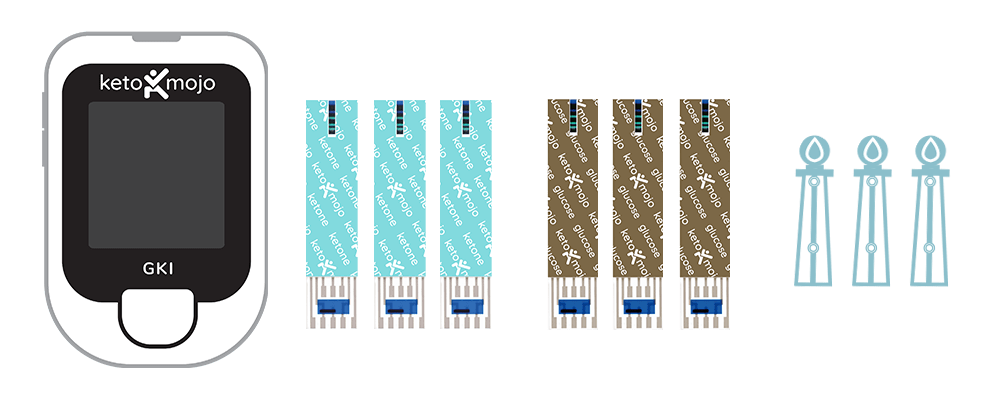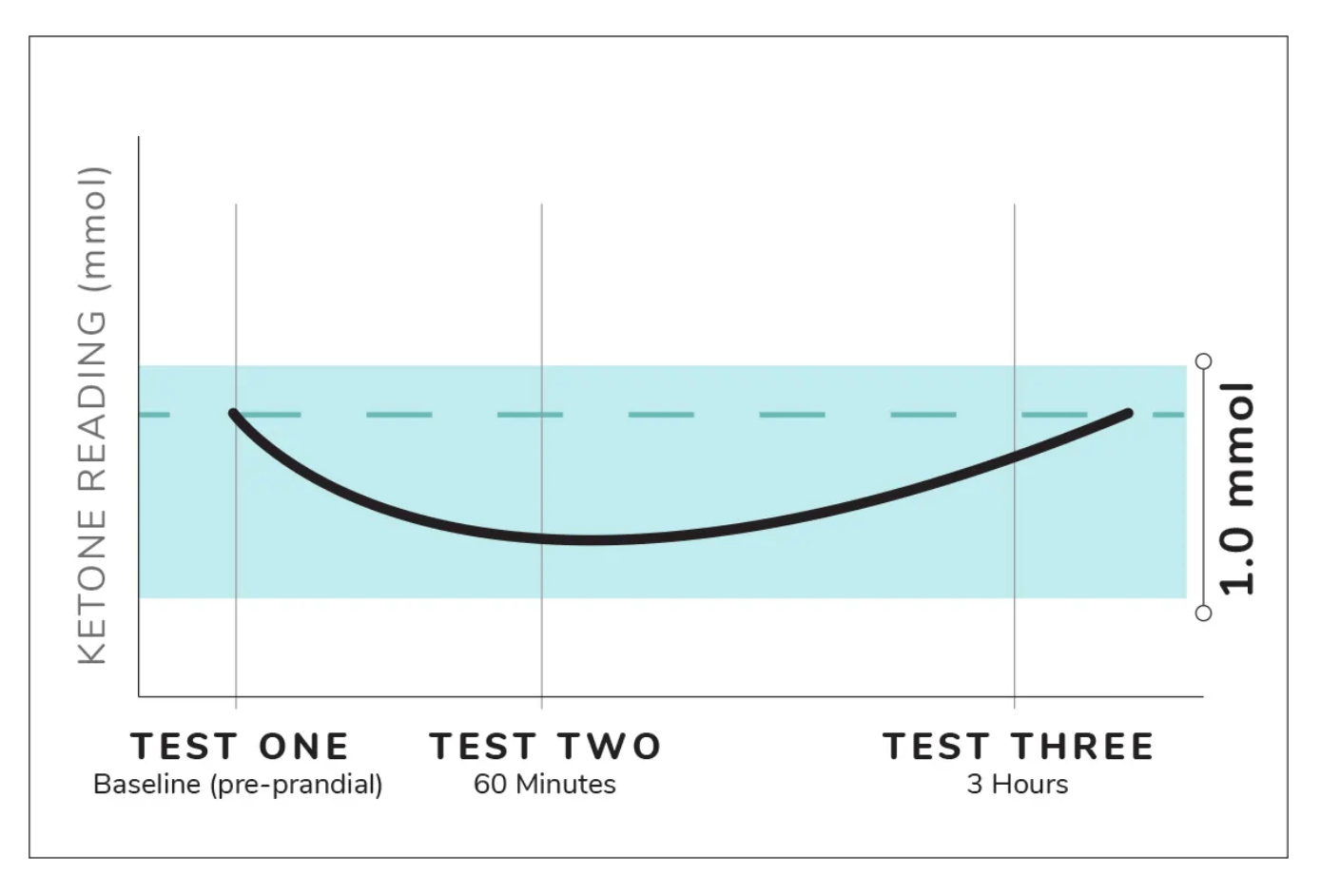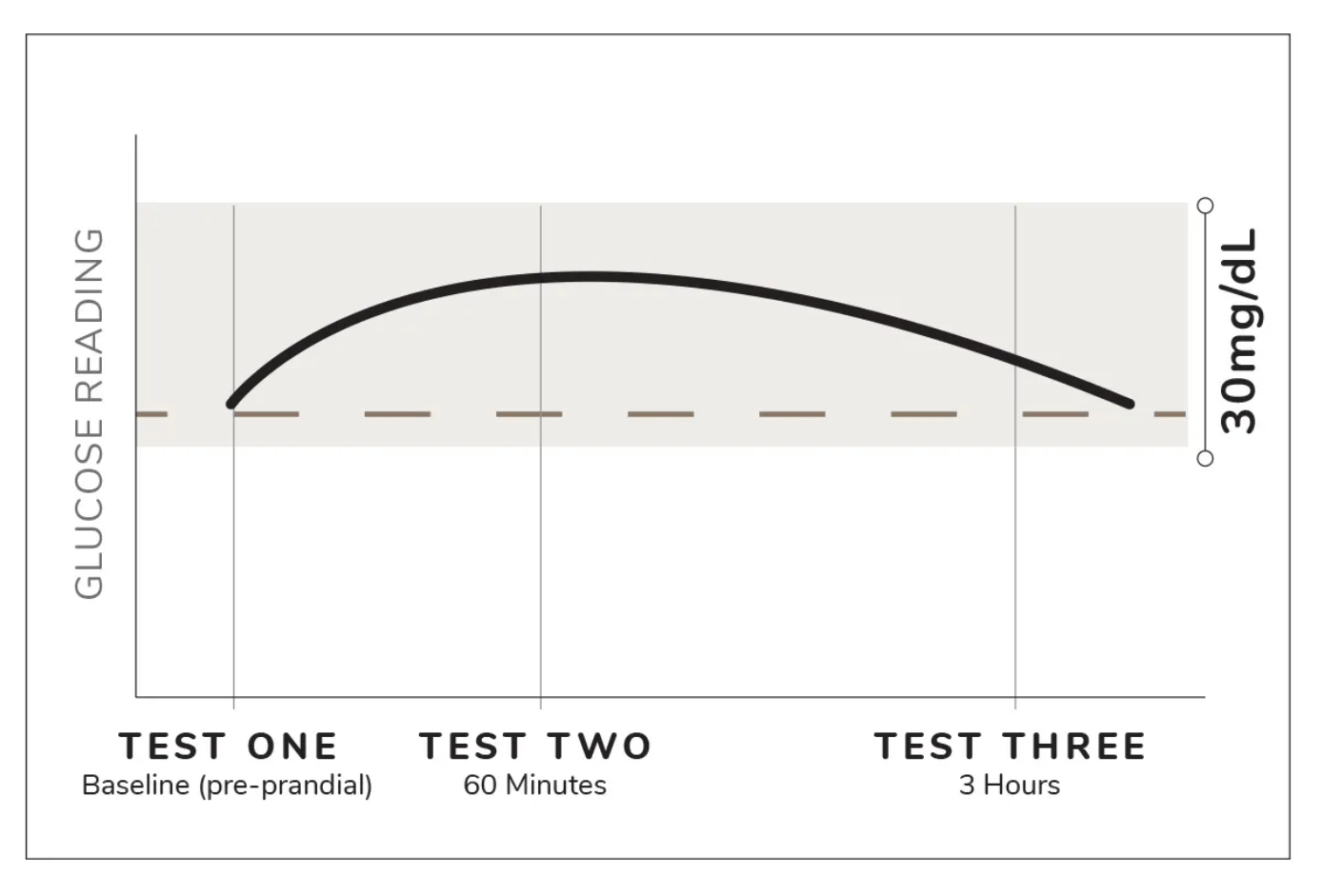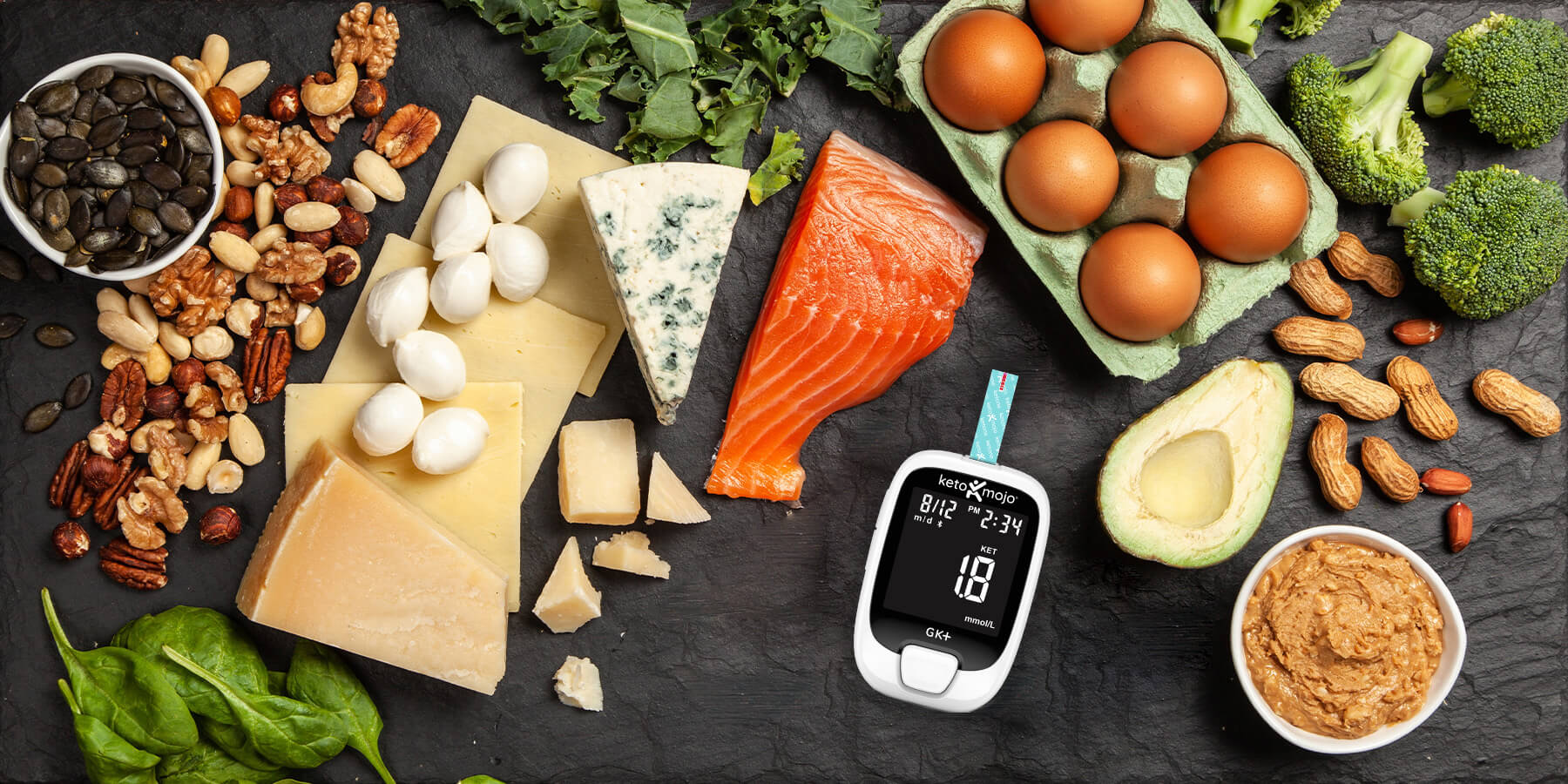Testing for Bio-individuality And Food Sensitivities on a Keto Diet
Bio-individuality is a buzzword these days, but it’s also an important factor in your keto plan because the key to ketosis is not only eating the right types of food in the right portions, it’s also learning which specific foods adversely affect you and then avoiding them.
Trigger Foods
If you’re following a clean keto diet and staying in ketosis, you may not have to worry about trigger foods. But if you find you’re not getting in ketosis, you’re getting kicked out of ketosis, or you would like to be in a higher state of ketosis for therapeutic benefits, then consider testing some of the foods you’re eating to see if they are suppressing your ketone levels.
There are lots of foods that can trigger ketone dips or glucose spikes for some people, but not others. Following are common ones:
• Dairy • Alternative sweeteners • Alcohol • Prepackaged foods
How to Identify Your Trigger Foods
The only way to tell if you’re reacting to any specific food is to test your ketones and glucose before and after you eat the food in question. It’s a three-test process, but it’s worth the effort because once you know which food(s) are getting in your way, you can eliminate them from your diet.
Bio-Individuality & Testing for Trigger Foods in 3 Easy Tests
To discover trigger foods that may kick you out of ketosis, you will conduct 3 ketone and 3 glucose tests all in one day to see if the food you eat during the test adversely affects your ketone and glucose levels, and thus impedes your ability to reach optimal ketosis.
Required tools:
Keto-Mojo meter
3 ketone strips
3 glucose strips
3 lancets

Test 1 – Your Preprandial (before eating) Baselines For Ketones & Glucose
The purpose of this test is to get your preprandial (before eating) or baseline reading. You need this so you can compare it to the results you get after you eat the food in question. The best time to conduct this test is fasted, before breakfast or at least 3 hours after your last meal (or 3 hours after any food). For a step-by-step guide to testing, click here.
• Record your readings.
Test 2 – The Postprandial Test That Hints At Your Reaction To A Food In Question
The purpose of this test is to introduce a food in question to your diet and see how your body responds 60 minutes later. It is best to eat JUST the food in question, if possible. The more ingredients mixed with it, the more variables in the equation. We suggest eating the recommended or typical portion size for that food. If you are trying out a keto snack, eat the portion size on the package.
• Record your readings with each test and the food you ate including the portion size.
Test 3 – The Postprandial Test That Tells You What You Need To Know About The Food In Question
This is the test that allows you to see how quickly your ketones and glucose recover (or don’t) from the food you ate. Wait at least two, ideally three hours after eating.
• Record your readings.
Assess The Results
• Generally speaking, it’s good to avoid foods that cause your blood glucose levels to increase more than 30mg/dL from your baseline test at the 60 minute test or don’t get you close to baseline or preprandial results after 3 hours.
• As for ketone levels, you generally don’t want a drop of more than 0.5-1 mmol/L, and you do want a return to baseline by the 3-hour mark. There are some foods that may cause an increase in ketone levels due to their high fat content like MCT oil, heavy cream and coconut oil.
• If your results are outside of the acceptable range, but the food you are testing is important to you, you could retest with a smaller portion to see if your body responds better or just decide that the food is off the menu to ensure you maintain ketosis.
• You can allow a bit of leniency on the ketone drop if your blood glucose doesn’t rise more than 30mg/dL and comes close to baseline after 3 hours. In any case, you’re likely to encounter trigger foods here and there along your journey and they may be very different from other people. Testing your ketones and glucose gives you the information you need to optimize and individualize your keto lifestyle.
Your Ketone Readings
Your ketones should not drop more than 0.5-1.0 mmol and
should return to baseline in 3 hours.

Your Glucose Readings
Your glucose should not increase more than 30mg/dL and
should return to baseline in 3 hours.




